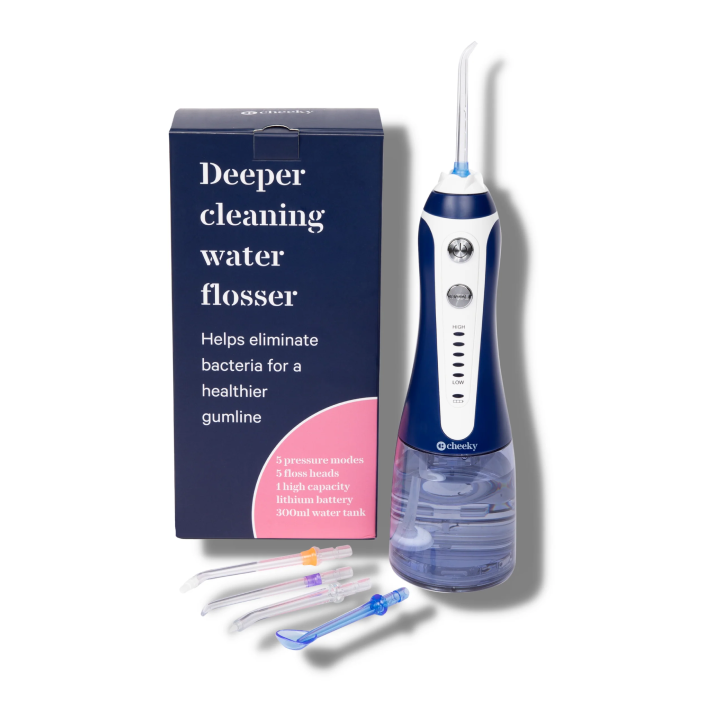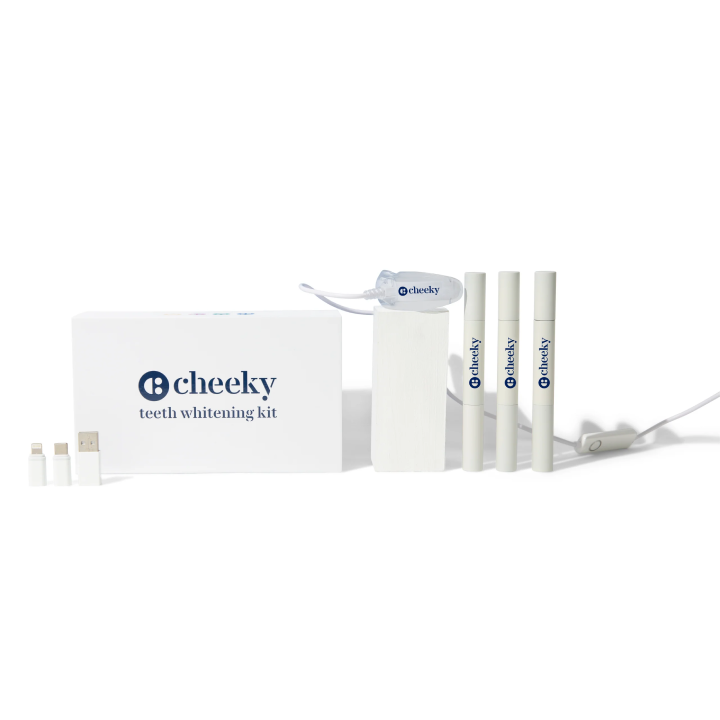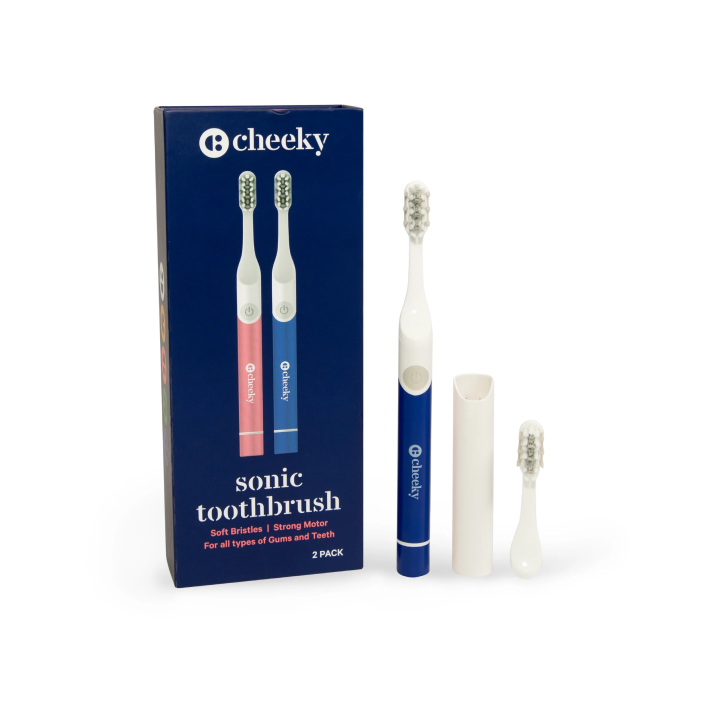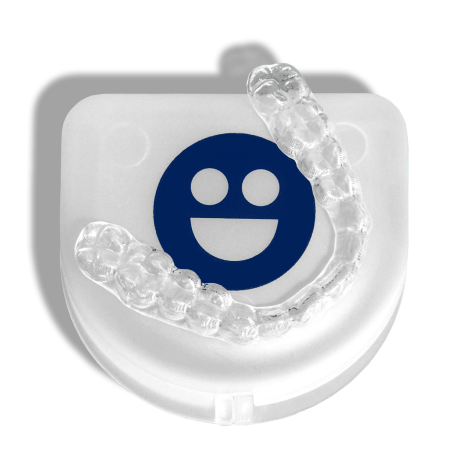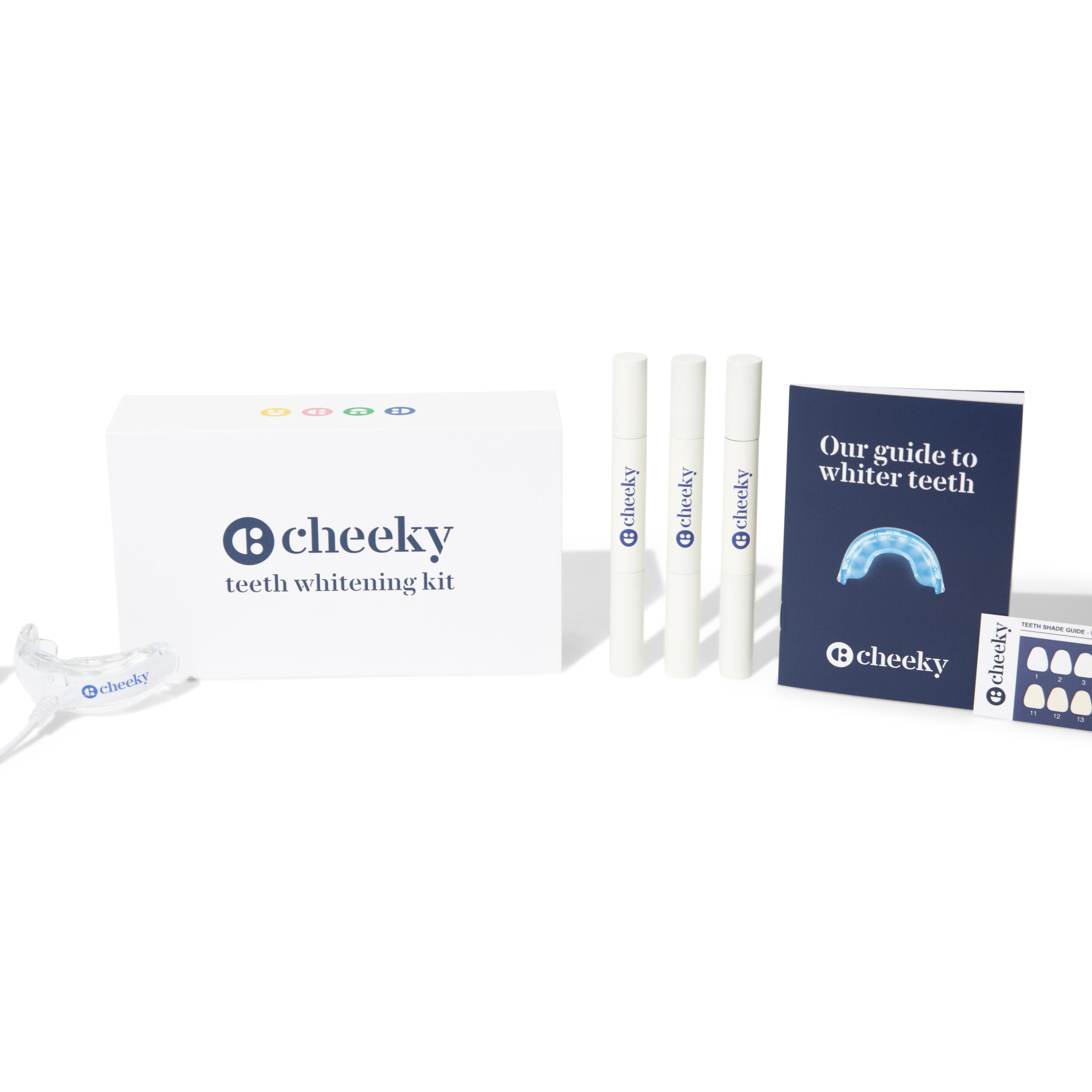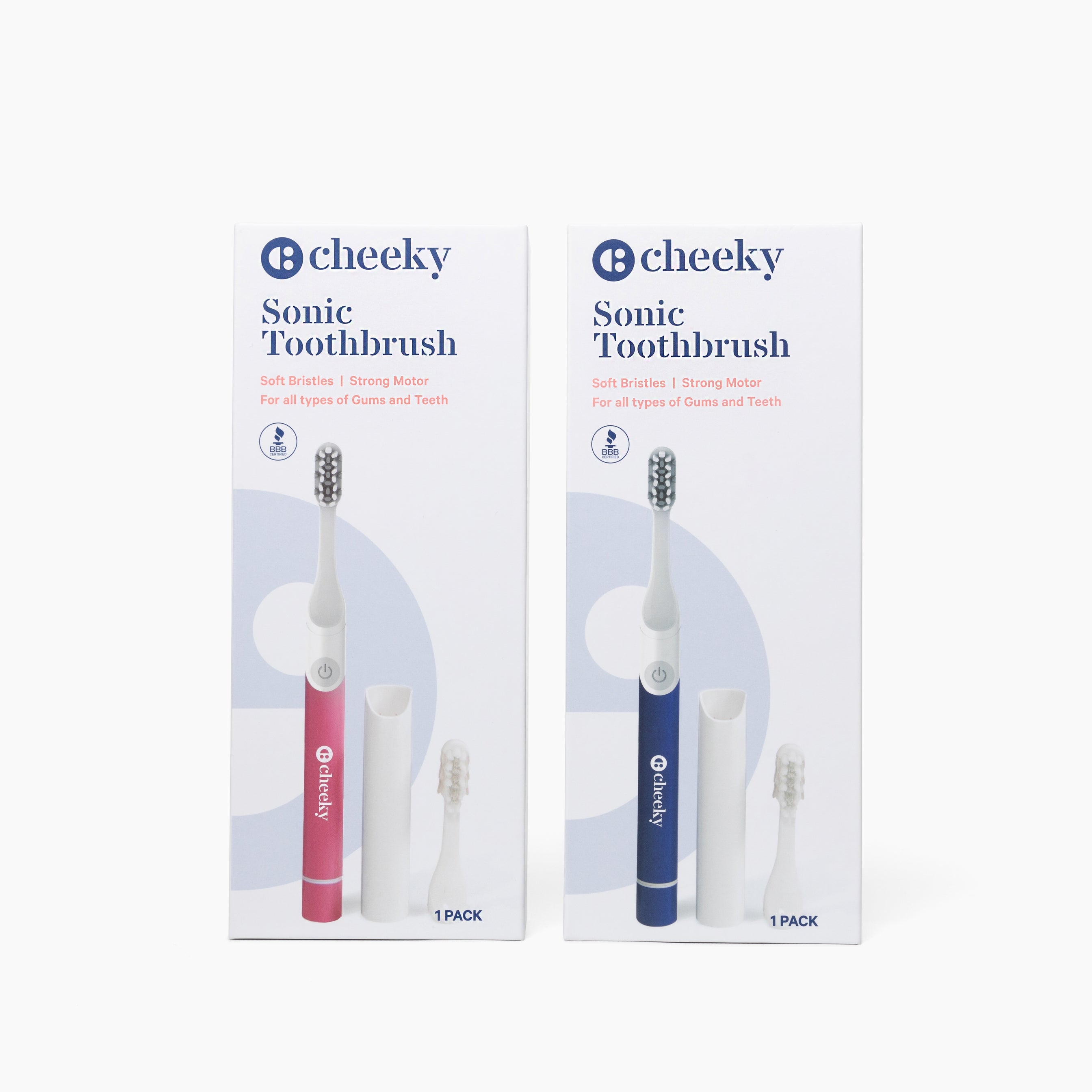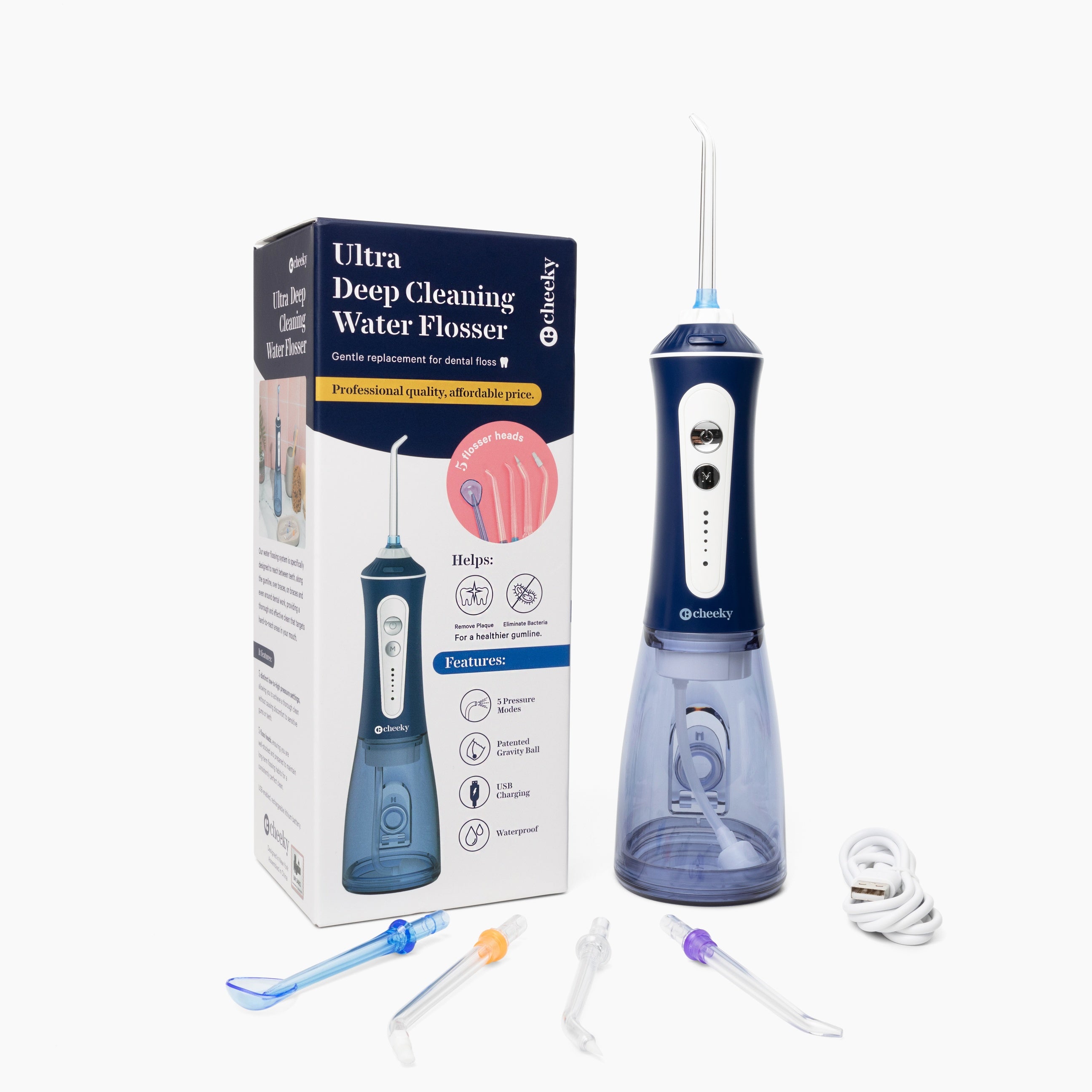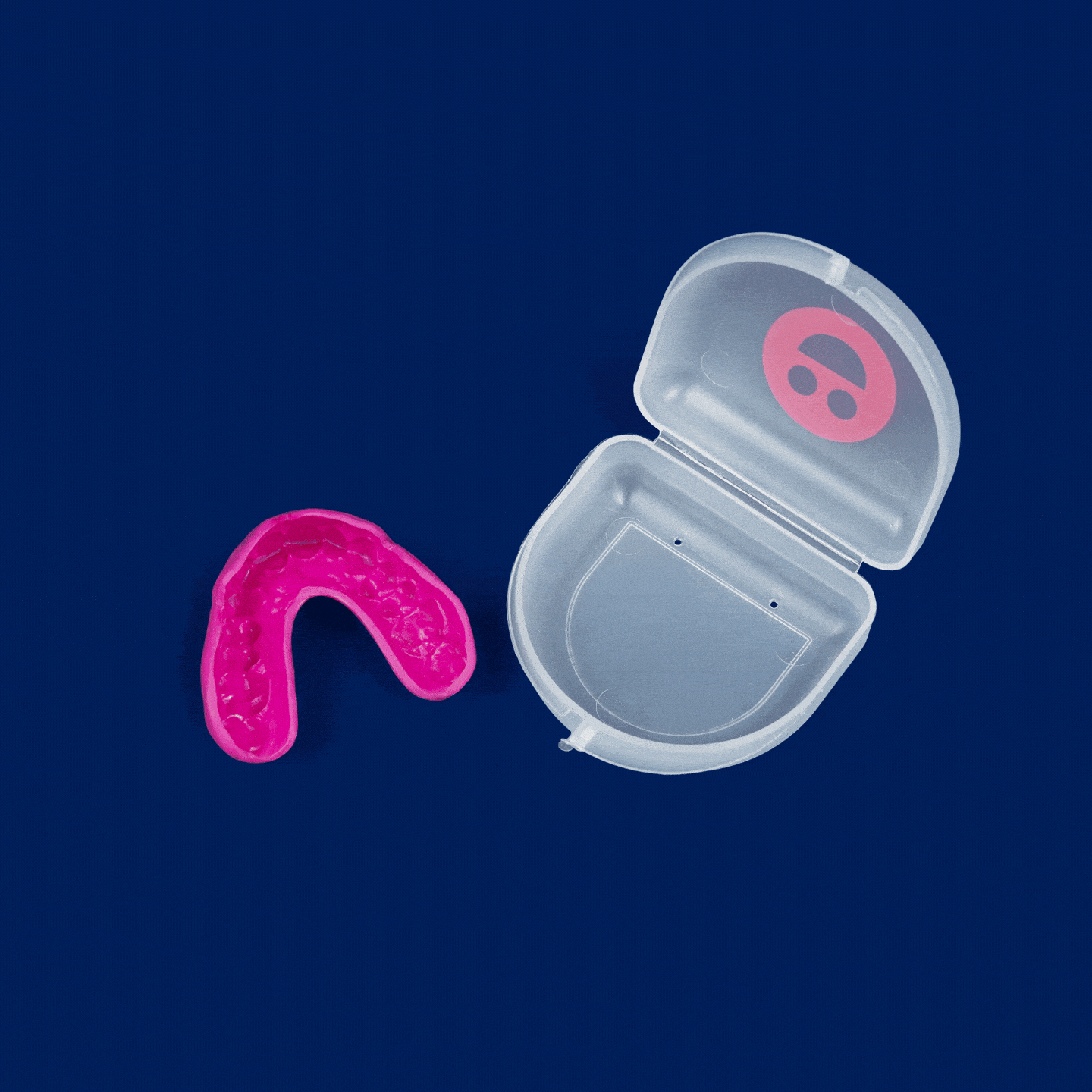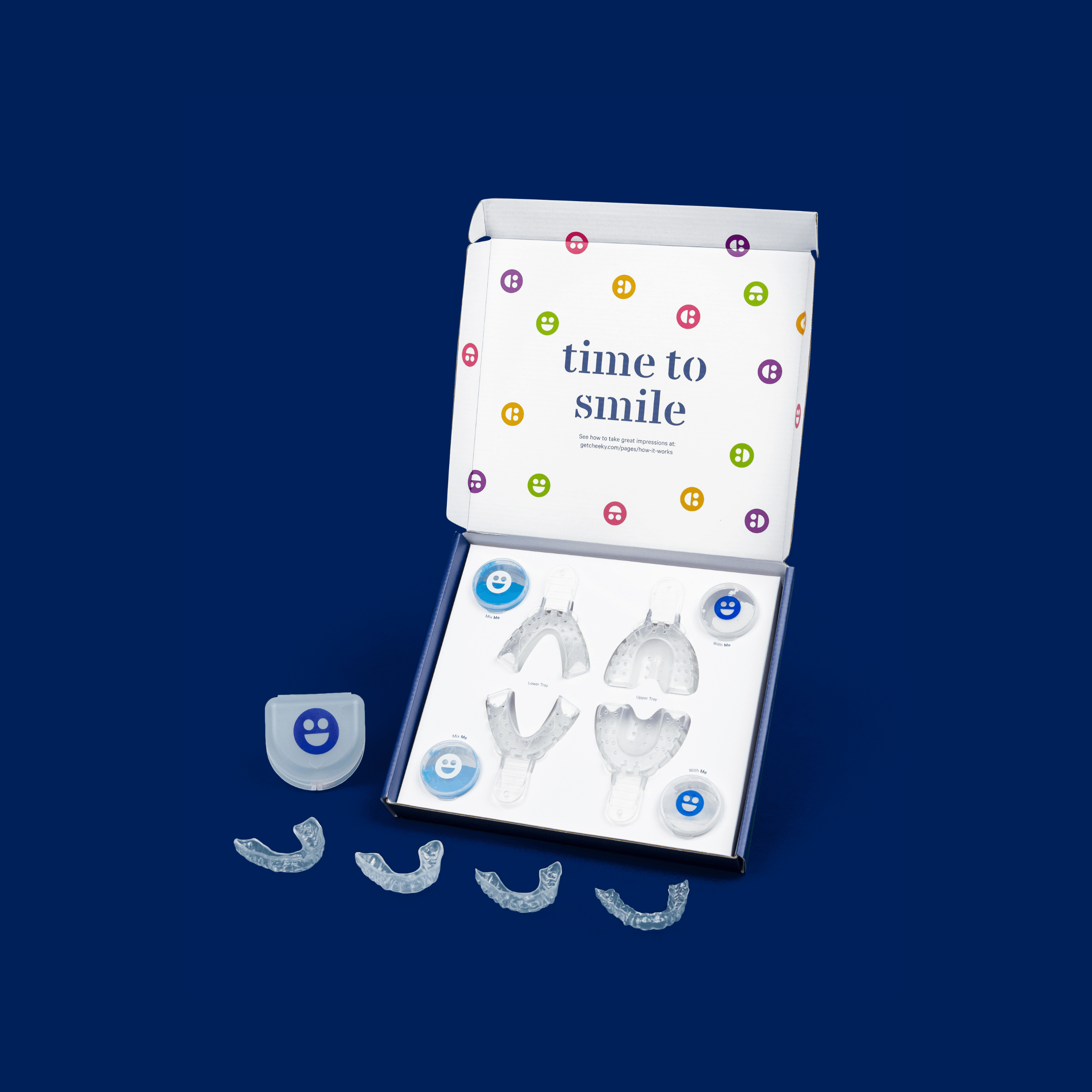Water Flosser vs Floss: Which Is Better for Your Oral Hygiene and Health?

Flossing removes plaque, food particles, and bacteria from the tight spaces between teeth, improving dental hygiene. Currently, the debate regarding the best flossing method is often between the water flosser vs floss.
If you want to switch from regular string floss or simply upgrade your oral routine, you'll need to know which one promises healthier gums, cleaner teeth, and fresh breath. In this guide, we'll review dental floss and water flossers, evaluate their performance based on scientific evidence, and help you determine which is best for good oral health.
Understanding the Basics of Dental Floss and Water Flossers

What Is Traditional String Floss?
Traditional string dental floss has been the normal flossing method for interdental cleaning, which is the process of removing plaque, food particles, and bacteria from the spaces between your teeth. It involves wrapping a strand of waxed or unwaxed dental floss around the index fingers and thumbs and manually sliding out sticky plaque, food debris, and bacteria trapped between your teeth and along the gum line.
There are several varieties of traditional dental floss, such as PTFE floss (polytetrafluoroethylene), dental tape (which is flatter and wider), and flavored floss to make the process more enjoyable. Despite advancements in interdental cleaning devices, dental professionals still recommend string dental floss as a cost-effective way to maintain oral health.
Nonetheless, its effectiveness largely depends on correct technique. If you use floss incorrectly, this can result in missing important areas, gum bleeding, and possibly gum damage. Flossing also isn't recommended for people who have dental work, such as braces or implants.

What Is a Water Flosser?
A water flosser, also known as an oral irrigator, uses a stream of pressurized water to dislodge debris between your teeth and below the gum line.
There are several models of water flossers, from countertop to cordless portable models and shower-mounted options. Some models offer multiple pressure settings for a personalized experience.
Cheeky's water flosser is 50% more effective for gum health than string floss. It's perfect for individuals with sensitive gums, dental implants, or orthodontic treatment, and is also waterproof and silent, making it convenient for everyday use.
Removing Plaque With Floss or a Flosser

How String Floss Performs
If you use traditional dental floss properly, it reduces the likelihood of tooth decay and gum disease. The floss glides over tooth surfaces and below the gum line, mechanically removing food particles and dental plaque. Dentists often recommend this flossing method because it’s effective in cleaning areas beyond the reach of a manual toothbrush.
However, string dental floss needs proper technique. Without it, users often miss crucial areas, such as the back teeth or tight spaces. Misuse can also make the gums sore or injure them, potentially making any symptoms from existing gum disease worse. Moreover, string floss can be impossible to use for patients who wear braces or have dexterity limitations.
That said, regular flossing with string dental floss remains an effective oral hygiene routine, especially for individuals with healthy gums and normal tooth spacing.

How Water Flossers Perform
Water flossing is popular because it's simple to use and provides noticeable results. A randomized controlled clinical trial published in the Saudi Dental Journal showed that after a single use, water flossers removed 87.23% of interdental plaque, compared to 89.09% for string dental floss, with nearly identical efficacy.
However, water flossers outshine traditional floss when it comes to ease of use and promoting gum health. A Journal of Clinical Dentistry study reported a 51% reduction in gingivitis after three months of water flossing, compared to a 30% reduction with traditional floss.
Water flossers are ideal for patients undergoing orthodontic treatment, dental implants, or those with periodontal disease because they provide a gentler and more effective alternative to flossing. The pulsating water stream reaches below the gum line, removing food debris and bacteria from hard-to-reach areas, promoting a healthy smile with every use.
Gum Health and Disease Prevention

Floss and Gum Disease
Traditional string floss helps prevent gum disease by removing plaque that can lead to inflammation along the gum line. When you use it properly and regularly, string dental floss can reduce the risk of gingival bleeding, periodontal disease, and dental caries (tooth decay).
However, since its success relies on proper technique, it can sometimes cause more harm than good. Forcefully pulling or snapping the floss between your teeth can irritate the soft gum tissue, causing pain and bleeding. This can be a problem for individuals with sensitive gums or those with early-stage gum disease.
While dental health professionals still recommend regular flossing, the stated benefits depend on the patient's compliance and skill. Irregular usage and missed areas can compromise the overall effectiveness of traditional floss in maintaining gum health.

Water Flosser and Gum Health
This is where the water flosser, compared to traditional floss, really shines. The soothing, pulsating water stream gently massages the gums, stimulating blood flow while loosening bacteria along and below the gum line. This reduces inflammation and the risk of periodontal disease.
According to a study reported in the Journal of Clinical Dentistry, evidence suggests that oral irrigation reduces gingival bleeding and improves gum health in the long term. It's an effective, painless process that reduces the risk of irritation and damage, ideal if you have sensitive teeth or dental work like braces or permanent retainers.
The American Dental Association clarifies that water flossers are a safe and effective way to support good oral hygiene. The user can adjust the pressure, allowing them to make teeth cleaning as comfortable as possible. This is ideal for achieving a significant reduction in plaque and gum diseases while preserving comfort.
Which One Should I Use? Matching the Method to the Needs

Water Flossers Are Great For:
Everyone – but especially those with special dental needs.
Implant patients, those wearing braces, veneers, bridges, or other dental appliances, often discover that traditional dental flossing is difficult or even impossible to use daily.
Since water can readily enter small crevices between teeth and around appliances, water flossing is a more comfortable, healthier choice for these patients. The oral irrigator design reduces the risk of bleeding, particularly for sensitive gums or if you’re just out of orthodontic treatment.
Additionally, individuals with limited manual dexterity (such as arthritis patients) or caregivers assisting others appreciate the ease and effectiveness of use that a water flosser offers.

Traditional Floss Is Ideal For:
Those with healthy gums, good hand dexterity, and regular spacing between the teeth.
For this, string dental floss remains a very good and inexpensive option. It's particularly effective to remove plaque and food debris in tight spots, provided you use proper technique.
Manual flossing allows users to exert control and precision when cleaning around the gum line. It’s also more compact and easier to travel with, making it ideal for those on the go.
However, it's best suited for people committed to good dental hygiene habits. Consider consulting a dental hygienist for guidance on how to use it properly. With consistent use, traditional floss can help prevent dental plaque buildup in hard-to-clean areas, promoting good oral health.
Convenience, Cost, and Long-Term Use
Cost Comparison
The initial cost of regular dental floss is relatively cheaper compared to a water flosser. A roll of string floss or dental tape will last weeks and costs only a few dollars, which is a reasonable expense. However, these little costs add up in the long term.
On the other hand, a water flosser like Cheeky's is more expensive upfront but pays off in the long term. With USB-C charging, interchangeable heads, and a tough construction, you won't need to restock.
If you're committed to good dental health, the comfort, consistency, and tech-smart benefits of water flossing are well worth the cost.
Time and Travel
When it comes to speed and portability, traditional floss has the edge. It’s lightweight, fits in your pocket, and works anywhere. If you’re in a rush or on the go, regular flossing can be done in under two minutes. Water flossers, on the other hand, are bigger and need slightly more time and space. They occupy more space and need access to water.
That’s why Cheeky’s portable water flosser is designed to deliver professional-grade cleaning in any setting. With its durable battery for consistent performance, it’s your ideal partner for maintaining oral hygiene on the go.
Flosser vs Interdental Brushes

Where Interdental Brushes Fit In
Although most people prefer water flossing and traditional floss, interdental brushes are a more suitable option in certain situations. These small, bristle-tipped instruments are particularly effective for those with wider interdental spaces, gum recession, or dental restorations, such as bridges and crowns.
Interdental brushes can be more effective than traditional dental floss at removing plaque in individuals who have wider spaces or periodontal disease. They’re simple to use and can easily access hard-to-reach areas without much skill.
However, interdental brushes are not always ideal for tight spaces or crowded teeth. That’s where a water flosser comes in, as it penetrates these tight areas without forcing bristles in.
How Cheeky Water Flosser Supports Your Smile
At Cheeky, we’re a full-service oral care brand dedicated to helping you smile healthily from the comfort of home. Our Cheeky water flosser is designed for superior plaque removal in hard-to-reach areas, delivering 99% plaque elimination without irritation.
With five pressure modes, seven interchangeable tips, and a leak-proof 300 ml tank, it’s ideal for orthodontic treatment, dental work, or everyday use. If you’re battling gum disease or just want a fresher, cleaner feel, our water flosser makes it easier than ever to maintain good oral hygiene.
Frequently Asked Questions
Why Do Dentists Recommend Water Flossers?
Dentists recommend water flossers because they’re highly effective at flushing out bacteria and food particles, as well as dislodging dental plaque between tight teeth. The American Dental Association has approved several water flosser models, verifying their effectiveness in removing plaque and promoting gum health. Most dental professionals now advise using water flossers and traditional string floss together to support thorough cleaning and prevent proximal caries.
What Are the Disadvantages of Using a Water Flosser?
While using a water flosser offers excellent convenience and comfort, it also has some drawbacks. Water flossers can be bulky, require charging or batteries, and often cost more upfront than traditional floss. Some users also don't know how to select the proper pressure setting, which can reduce their effectiveness. Although recent studies with an appropriate sample size and the American Dental Association support their benefits, the national institute-level research is still ongoing. Combining both a water flosser and traditional floss can support good oral hygiene.
Can You Skip Flossing if You Use a Water Flosser?
Don't skip flossing entirely, even with a water flosser. Water flossers are great at washing away debris and inflammation, but can't reach sticky plaque between very tight contact points. If you want to achieve maximum plaque removal and prevent cavity formation, complement daily water flossing with traditional flossing to thoroughly clean your teeth and gums. This dual approach is especially beneficial if you’re wearing orthodontic appliances or have dental work.
Do I Need to Brush My Teeth If I Use a Water Flosser?
Yes, you still need to brush your teeth to maintain your teeth and gums. A water flosser supplements your daily routine by flossing the gum line and tight spaces between teeth, but it will not replace brushing. Even if you’re using dental floss or a water flosser, brush with fluoride toothpaste twice a day and floss to prevent tooth decay and other dental health issues.
Does Flossing Create Gaps in Teeth?
No, flossing doesn't create gaps. Instead, it helps maintain the structure of your teeth and gums by cleaning out harmful bacteria and debris. If you notice gaps forming, it could be a result of gum disease, recession, or inflammation. Regular plaque removal using the correct flossing method protects your oral health and prevents the development of proximal caries. If gaps persist, consult with your dentist to assess underlying issues.
Final Verdict: Which One Wins?
So, can water flossers replace flossing entirely? While water flossers are powerful dental hygiene tools, they work best when paired with consistent habits and regular cleaning, instead of relying solely on a single device.
If your gums are healthy, you have good flossing technique, and your teeth are normally aligned, string floss will probably work in the short term. However, if you have periodontal disease, dental implants, braces, or you want to achieve an even healthier smile, a water flosser may be a more comfortable and effective alternative to traditional floss.
Some dental professionals argue that electric flossers can replace flossing, while others suggest using both for best results. Clinical research and randomized controlled trials published in the Journal of Clinical Dentistry consistently show that water flossing supports improved outcomes for gum health and plaque removal compared to string floss.
At the end of the day, the best option for you is the one you can use consistently. If you combine it with regular dental checkups, you’ll be on track to maintain a strong, confident, smile-healthy routine for life.
References
-
Abdellatif, H., Alnaeimi, N., Alruwais, H., Aldajan, R., & Hebbal, M. I. (2021). Comparison between water flosser and regular floss in the efficacy of plaque removal in patients after a single use. The Saudi dental journal, 33(5), 256-259.
-
American Dental Association. (n.d.). Dental floss / Interdental cleaners. American Dental Association.
-
Barnes, C. M., Russell, C. M., Reinhardt, R. A., Payne, J. B., & Lyle, D. M. (2005). Comparison of irrigation to floss as an adjunct to tooth brushing: effect on bleeding, gingivitis, and supragingival plaque. Journal of Clinical Dentistry, 16(3), 71.
